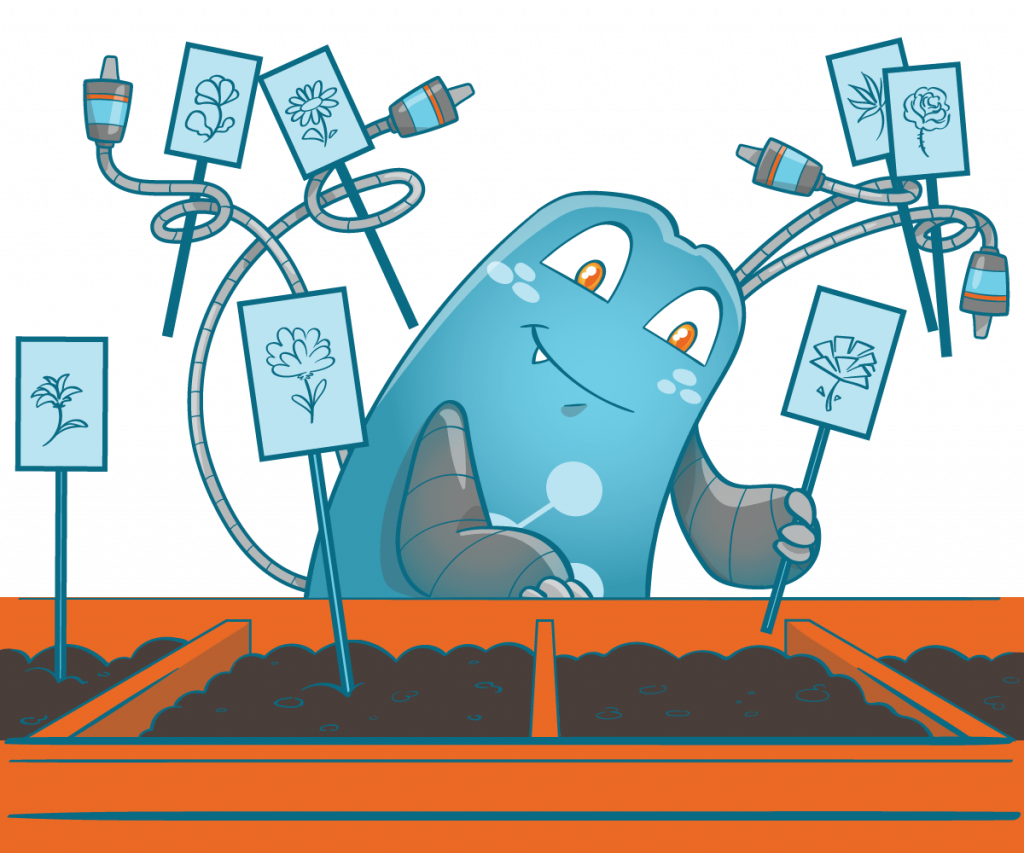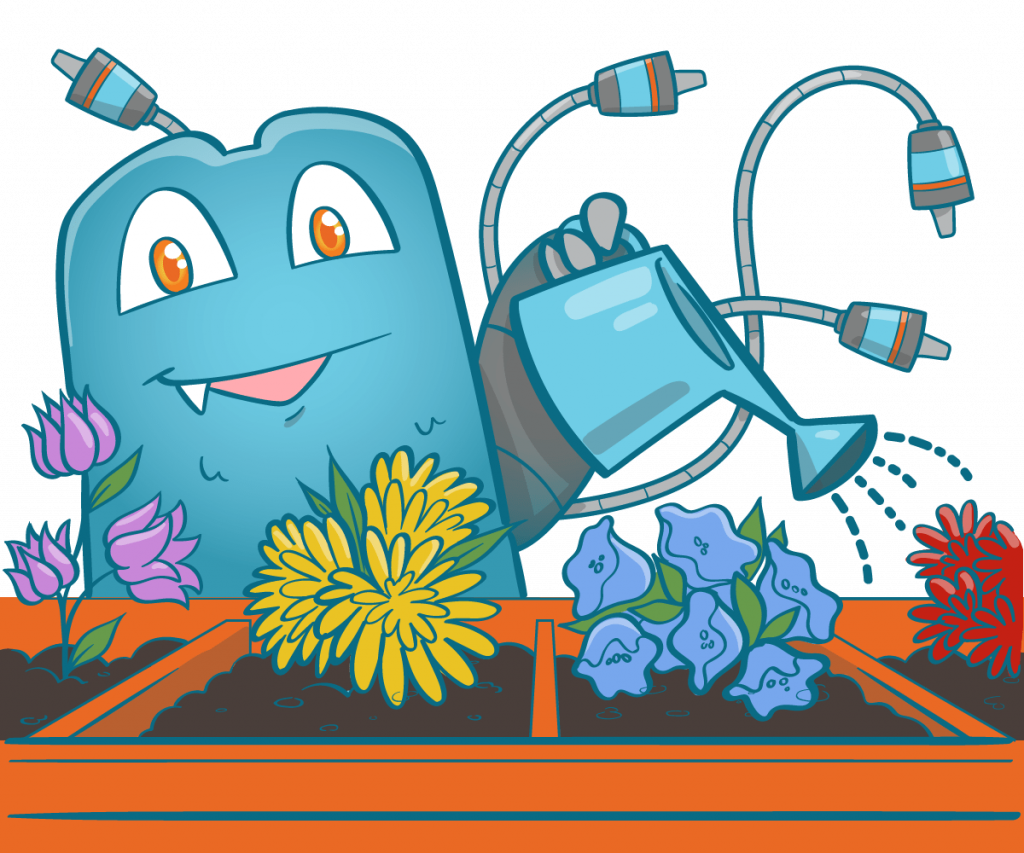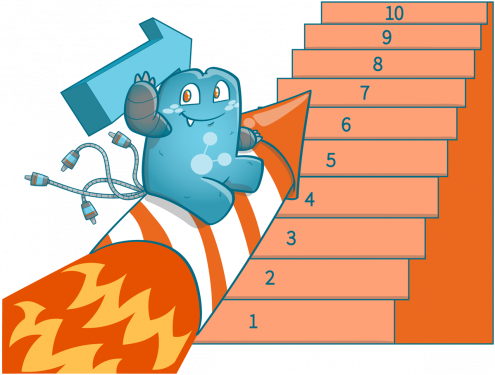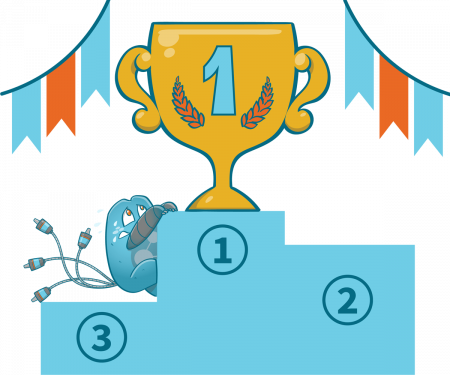What is a Hyperlink? Here’s Everything You Need to Know About Them

Have you ever clicked on a word or phrase on a web page and been taken to a different location? If so, then you have used a hyperlink. Hyperlinks are one of the most important elements of the World Wide Web.
They allow users to navigate between pages with ease, and they also help to improve the user experience. In this blog post, we will discuss what hyperlinks are, how they work, and some of their uses. We will also provide some tips for creating effective hyperlinks.
What is a Hyperlink?
A hyperlink is an HTML element that allows users to navigate between web pages. Hyperlinks are often displayed as underlined words or phrases, and they can be clicked on with a mouse or tapped with a finger.
When a user clicks on a hyperlink, they are taken to the destination page. The destination page can be on the same website, or it can be on a different website.
How Do Hyperlinks Work?
Hyperlinks work by using the href attribute. The href attribute specifies the URL of the page that you want to link to. For example, if you wanted to link to Google, you would use the following code:
<a href="google.com">You can also use relative URLs when linking to pages on the same website. A relative URL is a partial URL that doesn’t include the domain name. For example, if you wanted to link to a page on your website called “about-us”, you would use the following code:
<a href="/about-us">Why are Hyperlinks Important?
Hyperlinks are important because they allow users to navigate between web pages. They also help to improve the user experience by making it easier for users to find the information they are looking for.

Creating Effective Hyperlinks
Your hyperlinks are a powerful tool that you can use to improve your website. Here are some tips for creating effective hyperlinks:
Create Descriptive Hyperlinks
The hyperlinks you use on your website should be descriptive. This means that they should clearly describe the page that they are linking to. For example, if you are linking to a page about your company’s history, your hyperlink should say “Company History” or “Our History”.
Consider the Relevance of Your links
Your hyperlinks should also be relevant to the content on your website. This means that they should only link to pages that are relevant to the topic of your website.
For example, if your website is about gardening, you would not want to have a hyperlink that says “Click here for our latest deals!” because it is not relevant to the topic of your website.
Use Keywords in Your Anchor Texts
When creating hyperlinks, you should try to use keywords. This means that you should use words that describe the page you are linking to. For example, if you are linking to a page about gardening tips, you would want to use the word “gardening” in your hyperlink.
This will help search engines understand what your website is about, and it will also help users find the information they are looking for.
Include Calls-To-Action in Your Hyperlinks
Your hyperlinks should have a call to action. This means that they should tell users what they need to do when they click on the hyperlink. For example, if you are linking to a page about gardening tips, your hyperlink could say, “Click here for gardening tips.”
Think of Hyperlink Location
The location of your hyperlinks also plays a huge role in their effectiveness. You should try to place your hyperlinks in places where they will be most visible to users. For example, you would want to place a hyperlink in the navigation menu of your website so that users can easily find it.
You should also avoid placing too many hyperlinks on a single page. This can be overwhelming for users, and it can make your website look cluttered.
Limit the Number of Hyperlinks
The number of hyperlinks you include on your website is also essential for the success of your website. You should try to limit the number of hyperlinks to no more than 100. This may seem like a lot, but it’s important to remember that each hyperlink should be relevant and descriptive.
If you have too many hyperlinks on your website, it can be difficult for users to find the information they are looking for, and it can also make your website look cluttered.
Limit the Amount of Text in Your Hyperlinks
The number of text in a single hyperlink should also be limited. You should try to limit the amount of text to no more than 50 characters. This is because too much text can make your hyperlink look cluttered, and it can also be difficult for users to understand what the hyperlink is about.
Use Visual Indicators
It would also be a good idea to create hyperlinks alongside some form of visual indicator. This could be an icon, a button, or even just some underlined text. This will help to make your hyperlinks more noticeable to users, and it will also help to improve the user experience.
An example of a visual indicator that you could use is an arrow icon that points to the hyperlink. This will help users understand that the arrow is clickable, and it will also help improve the user experience.
Engaging images are also a good choice for visual indicators. This is because they can help to break up the text on your website, and they can also help to make your hyperlinks more noticeable.
Strategies that Involve Hyperlinks
Hyperlinks can be used in other strategies that can help you improve your website metrics.
Some of these strategies include:
Link Building Strategies
Link-building is the process of creating links to your website from other websites. This is done by adding a hyperlink to your website on another website.
Link building is an important part of SEO because it helps improve the visibility of your website in search engines.
Hyperlinks are essential for every link-building strategy since they’re at the heart of it. Without hyperlinks, it would be difficult to build links, and your link-building efforts would be fruitless.
Internal Linking
Internal linking is the process of creating links from one page on your website to another page on your website. This is done by adding a hyperlink to a page on your website from another page on your website.
Internal linking is important because it helps improve the user experience, and it also helps improve the visibility of your pages in search engines.
Backlink Building
Backlink building is the process of creating links to your website from other websites. This is done by adding a hyperlink to your website on another website.
Backlink building is important because it helps improve the visibility of your website in search engines.
Content Marketing Strategies
Content marketing is the process of creating and distributing content that is relevant to your target audience.
Content marketing is important because it helps improve the visibility of your website in search engines, and it also helps improve the user experience.
Hyperlinks are essential for every content marketing strategy since they act as paths that lead users to your content. Without them, it would be almost impossible for your target audience to find pieces of content within your website unless they know the exact URL of the page they’re looking for.
Email Marketing Strategies
Email marketing is the process of sending emails to potential and existing customers.
When sending out emails, it is important to include hyperlinks that lead back to your website. This is because it helps improve the visibility of your website, and it also helps improve the user experience.
Including hyperlinks in your emails is a good way to encourage recipients to visit your website, and it is also a good way to promote new pieces of content or products that you’re selling.
Search Engine Optimization Strategies
Search engine optimization isn’t only about building links; it is also about optimizing your website so that it is easy for search engines to understand your website. Through hyperlinks, you can help search engines crawl your website and see what every page you have linked talks about.
When search engines crawl your website, they will be able to see the relationships between different pages on your website. This will help them understand what your website is about, and it will also help them index your pages correctly.
Exposing your websites to search engines is important because this is how they rank your website in their search results. The higher your website is ranked, the more visible it will be to potential customers.
These strategies are just a few of the many ways that you can use hyperlinks to improve your website.

Hyperlinks: Your Website’s Link to Success
Hyperlinks are essential for every website, and they can be used in a variety of ways to improve your website. You can use them for featuring your pages, building links, and promoting your website in search engines.
Remember to use hyperlinks wisely, and always make sure that they’re relevant to the page you’re linking to. Overusing or misusing them can result in your website being penalized by search engines.
When used correctly, hyperlinks are a powerful tool that can help you improve your website in many ways. So what are you waiting for? Start creating hyperlinks using the Internal Link Juicer today!






